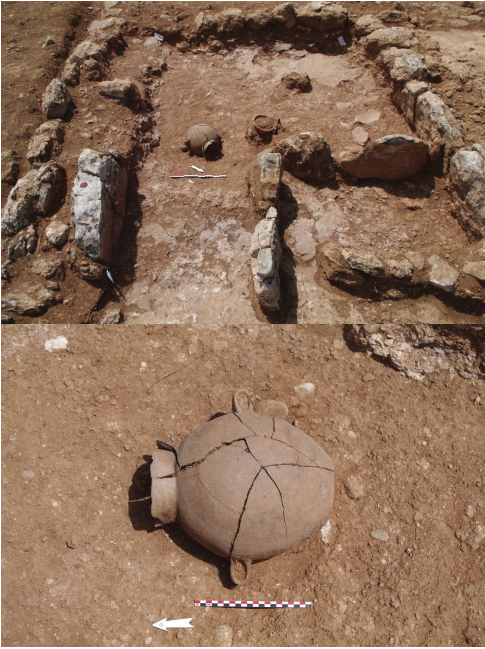C-PEPL. Excavations at Pyla Kokkinokremos on Cyprus
Professor Jan Driessen

The end of the 13th c. BCE or advanced Late Bronze Age in the Mediterranean is generally considered as a period of major turmoil with many important polities being destroyed (Mycenaean palaces, Troy, Hittite empire, Ugarit, etc.) and others, like Egypt, under attack by the (in)famous Sea People. Natural disasters (including climate change), economic breakdown, population migrations, and pirate raids are just a few of the explanations that have been offered. The period was also a time of major transformations with iron and the alphabet being introduced and new polities such as those of the Phoenicians and Israel being formed. It is within this context of societal upheaval that the coastal site of Pyla-Kokkinokremos is being explored. Located on the south-east coast of the island of Cyprus – opposite Ugarit and Egypt -, this 7-ha-large site is characterized by its very short-lived occupation (less than 50 years) and sudden abandonment around 1180 BCE, its planned and defensive lay-out (with bastions) and its sudden abandonment, leaving large quantities of multi-ethnic material in situ (local, Egyptian, Aegean, Levantine, Sardinian, etc.). Because of this, the site forms an ideal time capsule to study processes of migration, interconnection and influence between the different Mediterranean populations. As a direct witness to the so-called ‘crisis years’, continued exploration at Pyla should considerably help to unravel historical processes that accompanied the breakup of the Late Bronze Age world and to characterize the types of cultural interactions that took place among the people of the eastern Mediterranean during this period.

